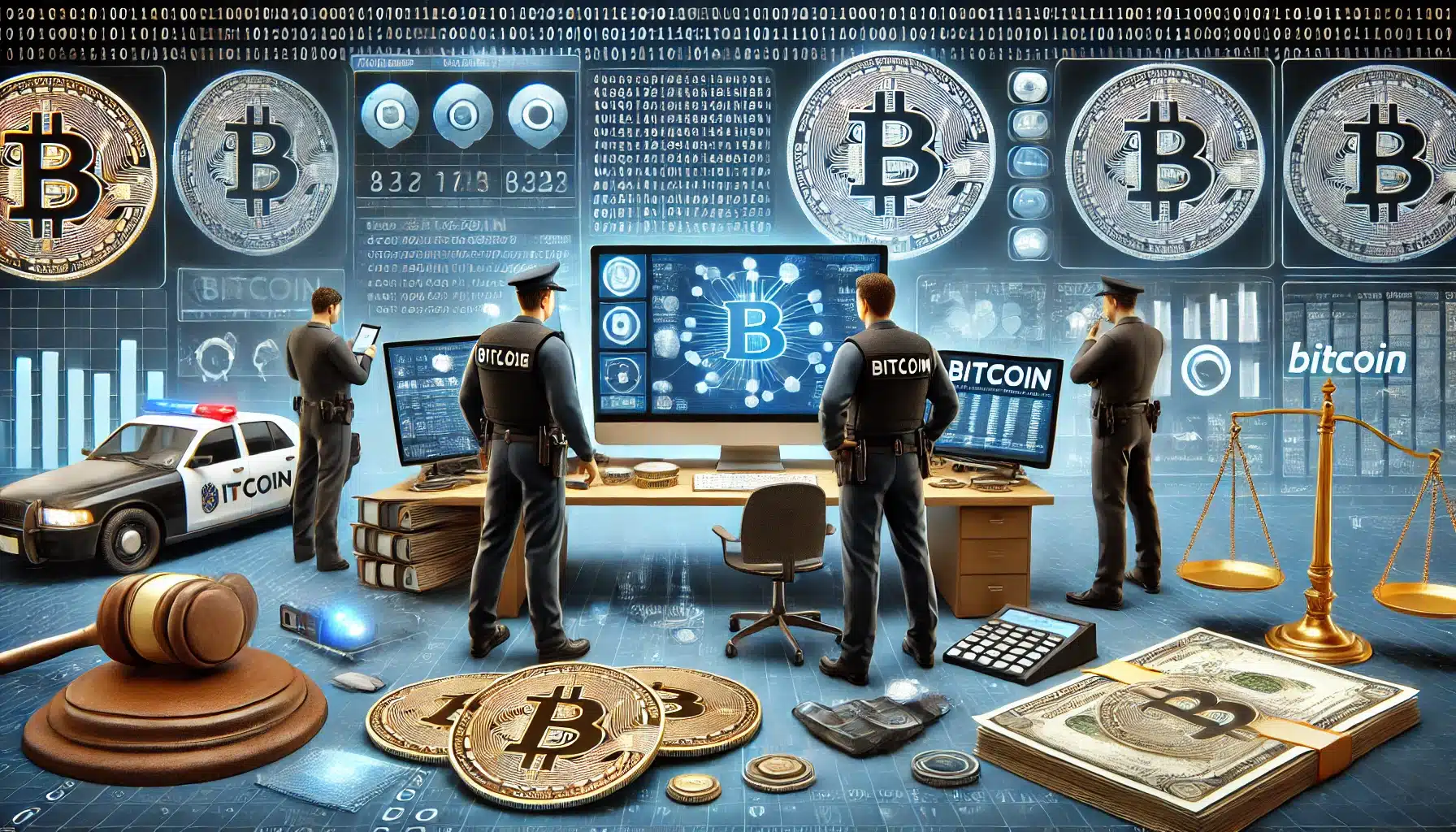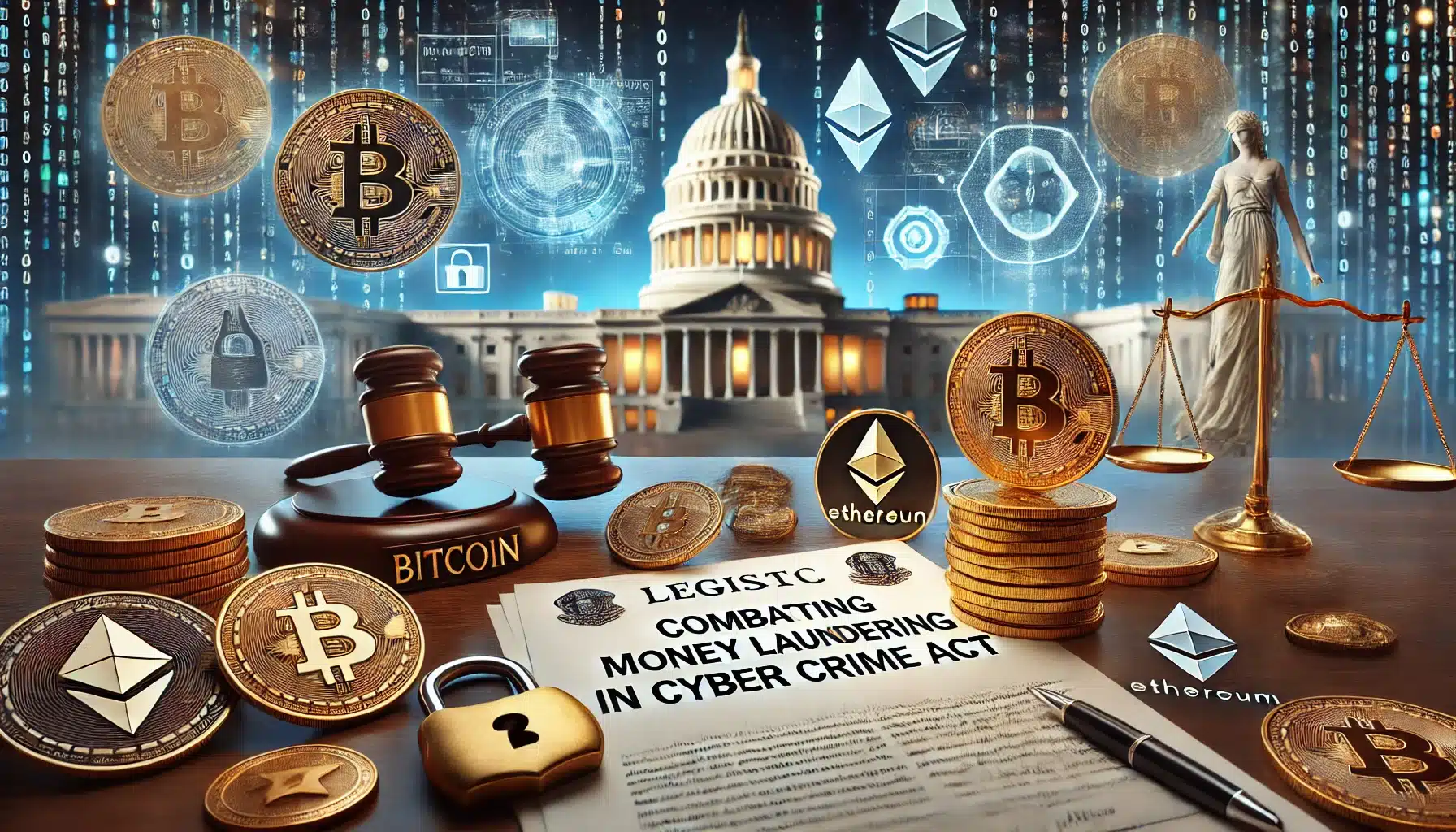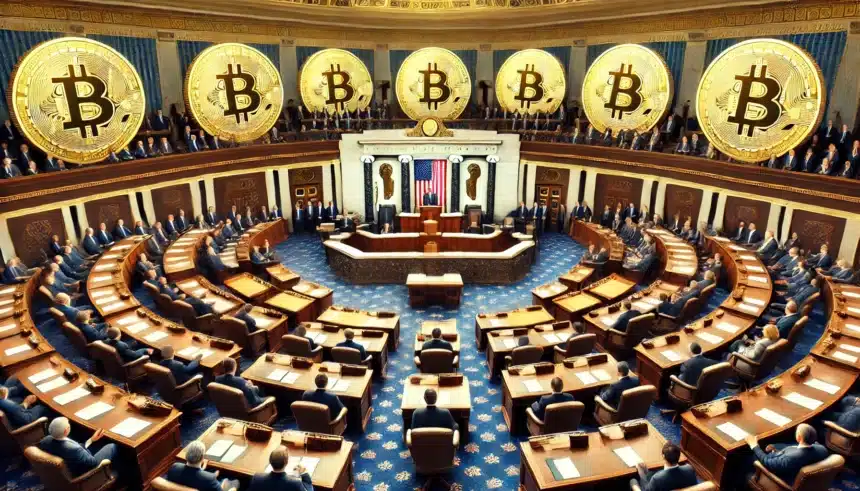Discover how U.S. Senators are uniting to combat digital asset cybercrimes with new legislation aimed at empowering the Secret Service. Learn about the bipartisan effort to strengthen cybercrime detection and ensure law enforcement effectiveness.
To address the rising threat of digital asset cybercrimes, U.S. Senators have introduced new legislation aimed at bolstering the Secret Service’s abilities to combat these modern challenges. With the growing use of cryptocurrencies for illegal activities like money laundering and terrorism financing, this bipartisan initiative is both timely and crucial.

Empowering the Secret Service
Senators Catherine Cortez Masto (D-NV), Chuck Grassley (R-IA), and Amy Klobuchar (D-MN) have come together to propose the “Combatting Money Laundering in Cyber Crime Act.” This bill aims to update existing laws to give the Secret Service more power to investigate and fight digital asset cybercrimes. Senator Cortez Masto emphasized the importance of this legislation, saying, “The funding of criminal activity through digital assets poses a direct threat to the security and safety of our nation.” This statement underlines the urgent need to address the dangers posed by digital asset cybercrimes.
The new bill suggests changes to Section 3056(b) of Title 18 of the United States Code. These changes would expand the Secret Service’s authority, allowing it to tackle digital asset cybercrimes more effectively. The goal is to improve the agency’s ability to detect and prevent cybercrimes in today’s digital age. Senator Grassley highlighted the need for strong threat assessment capabilities, stating, “Seedy financial enterprises are often behind crimes in our communities. If we want to get serious about cracking down on money laundering schemes, it’s going to take strong threat assessment capabilities.”
Evaluating Law Enforcement Effectiveness in Combating Digital Asset Cybercrimes
A key part of the “Combatting Money Laundering in Cyber Crime Act” is the requirement for the Government Accountability Office (GAO) to study and report on how well law enforcement is tackling digital asset cybercrimes. This evaluation will look into the implementation of Section 6102 of the Anti-Money Laundering Act of 2020. The aim is to ensure that the measures to combat digital asset cybercrimes are effective and up-to-date.
This response follows warnings from the U.S. Treasury Department and financial crime experts about the increasing use of cryptocurrencies for illegal activities. By providing a thorough assessment of current practices, the bill aims to identify areas where improvements can be made.

Broad Support from Both Chambers
The push to combat digital asset cybercrimes is not only happening in the Senate. Earlier this year, similar legislation was introduced in the U.S. House of Representatives. This shows a bipartisan effort to address the growing threat of cybercrimes involving digital assets. Representatives Scott Fitzgerald (R-WI), Zach Nunn (R-IA), Gregory Meeks (D-NY), and Madeleine Dean (D-PA) have all supported the companion bill. This widespread backing underscores the urgency and importance of enhancing the Secret Service’s capabilities in fighting digital asset cybercrimes.
A Crucial Step Forward
The introduction of the “Combatting Money Laundering in Cyber Crime Act” is a significant step in addressing the challenges posed by digital asset cybercrimes. By updating existing laws and empowering the Secret Service, the legislation aims to equip law enforcement with the tools needed to effectively combat these modern threats. Senator Cortez Masto’s statement captures the essence of the bill’s objective: “This legislation is crucial for bolstering the agency’s ability to address new forms of financial crime.” As digital assets continue to evolve, so must the methods and capabilities of those tasked with protecting the public from their misuse.
The growing use of cryptocurrencies for illegal activities has made it clear that law enforcement agencies need enhanced powers and updated legislation to keep pace with technological advancements. The “Combatting Money Laundering in Cyber Crime Act” represents a proactive approach to tackling these challenges head-on.
In summary, the bipartisan effort to combat digital asset cybercrimes through the introduction of this new bill is a vital and necessary step in ensuring the safety and security of the nation. By empowering the Secret Service and mandating a comprehensive evaluation of current practices, the legislation aims to provide a robust framework for detecting and deterring cybercrimes involving digital assets. This unified approach across both chambers of Congress highlights the recognition of the need to strengthen the fight against digital asset cybercrimes. For in-depth coverage of this and other crypto news, continue following The BIT Journal.





























